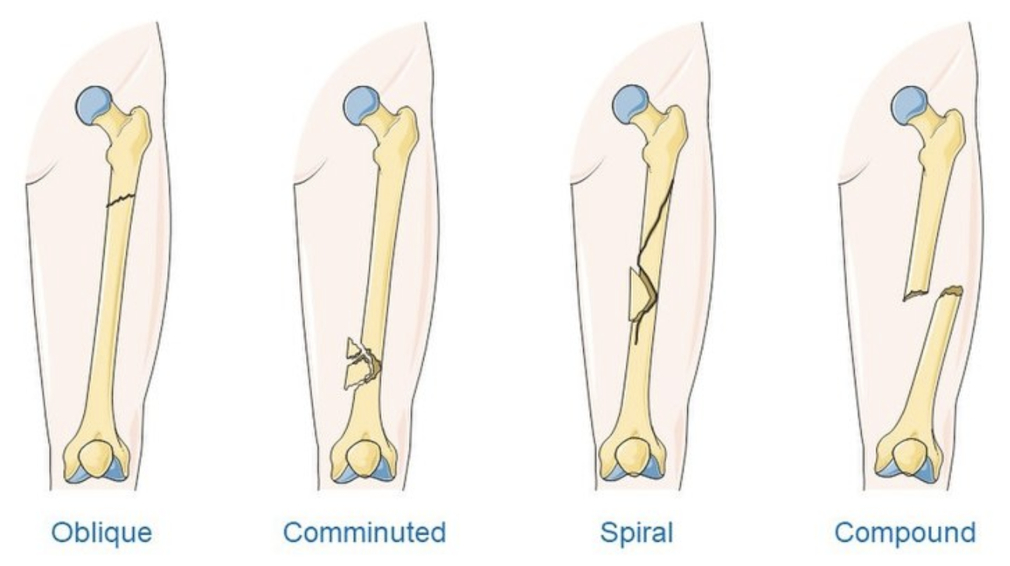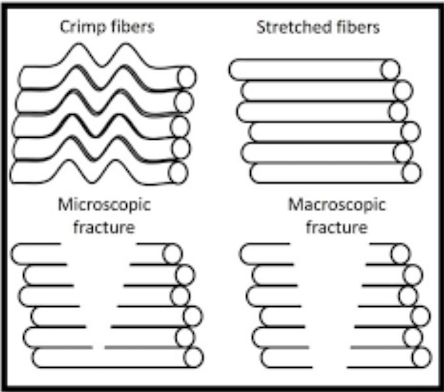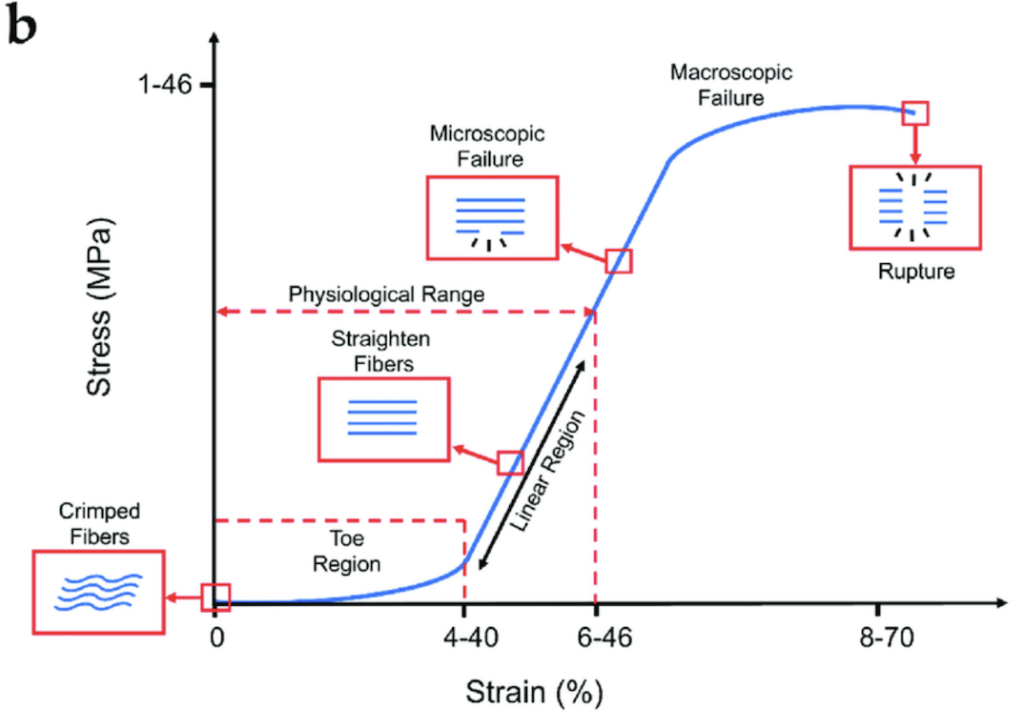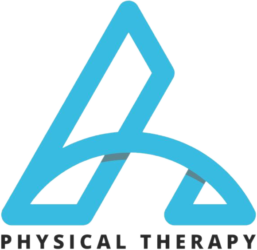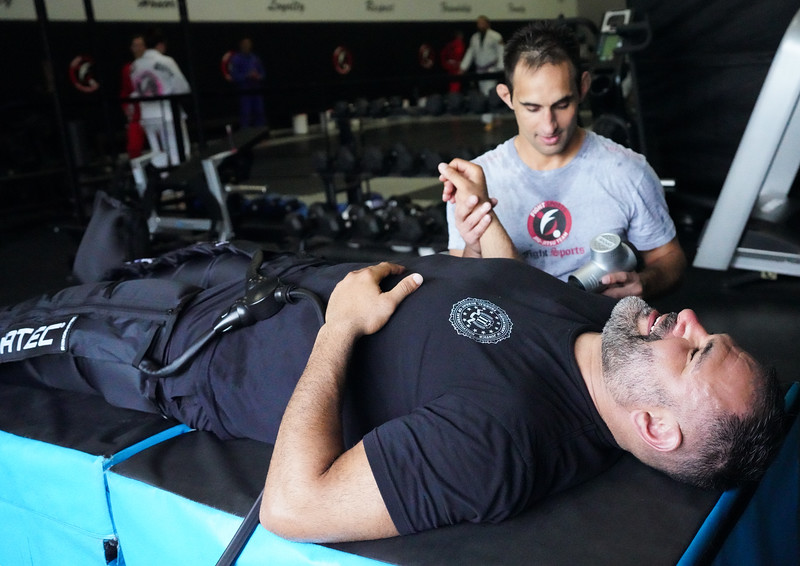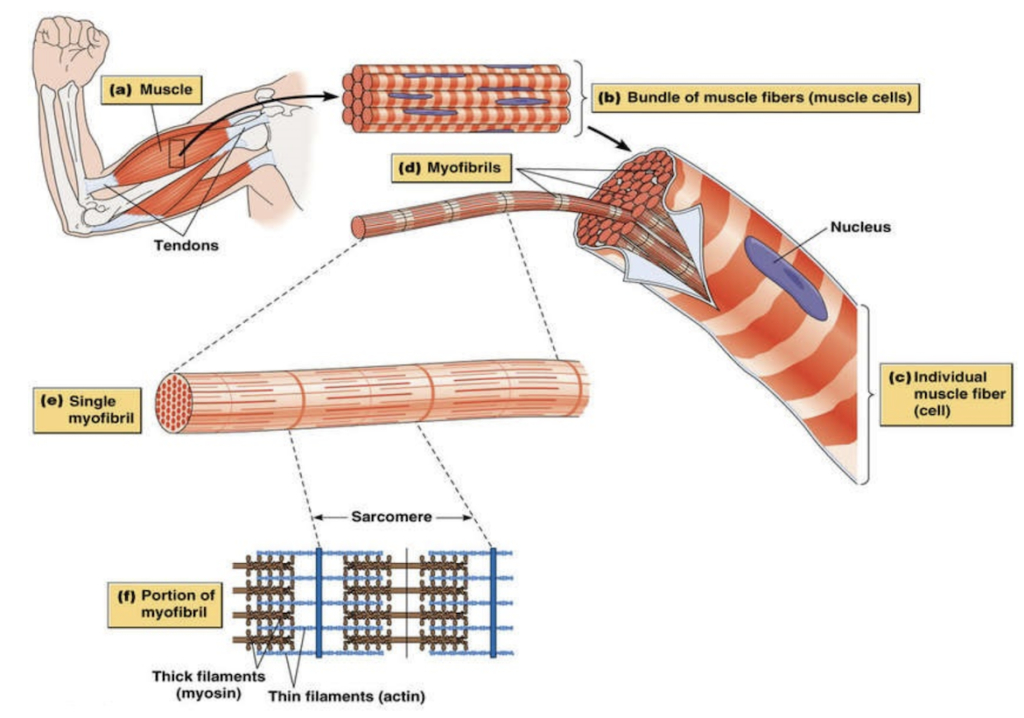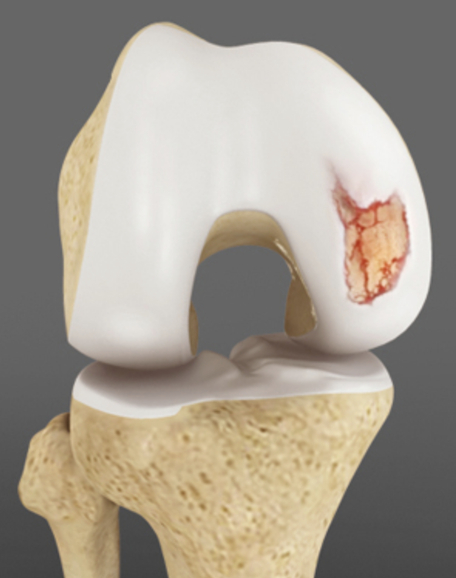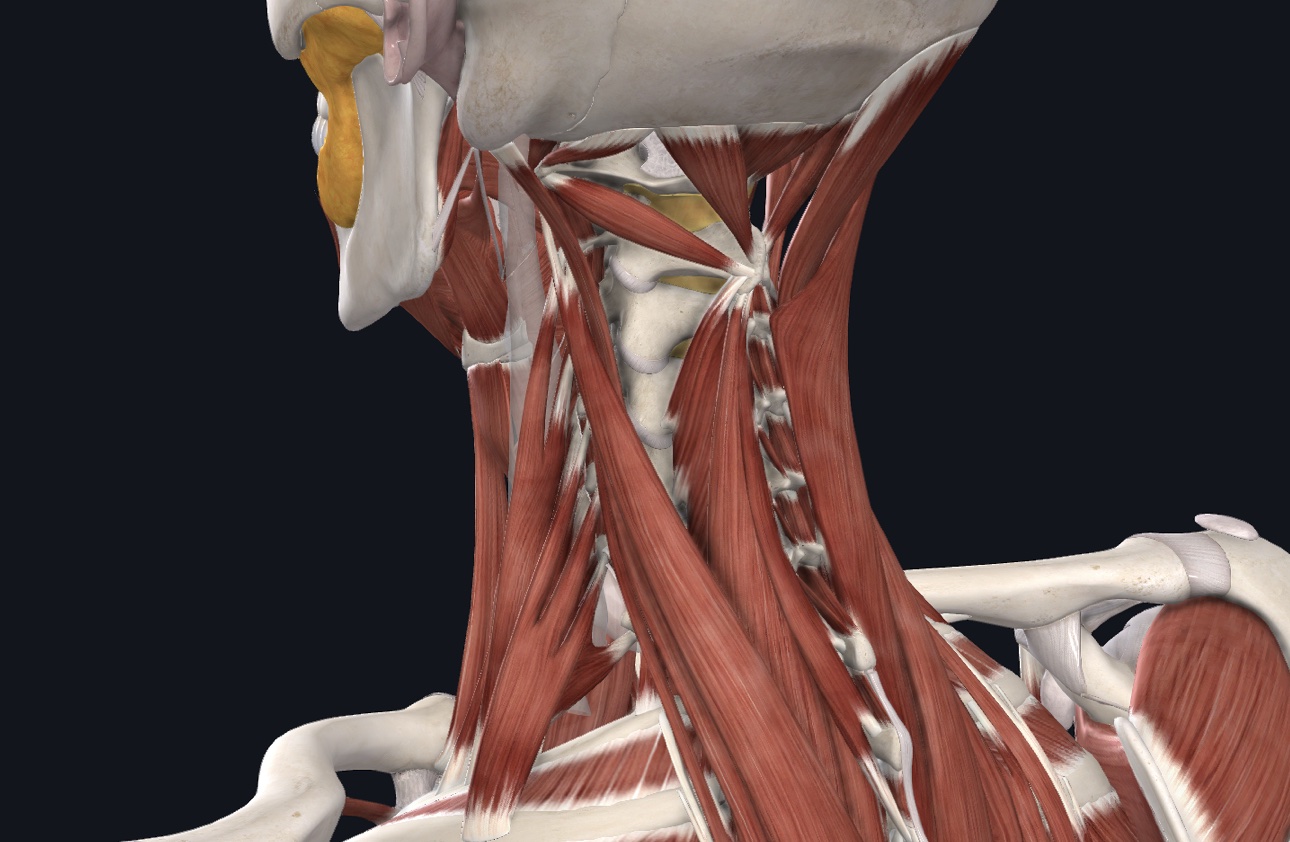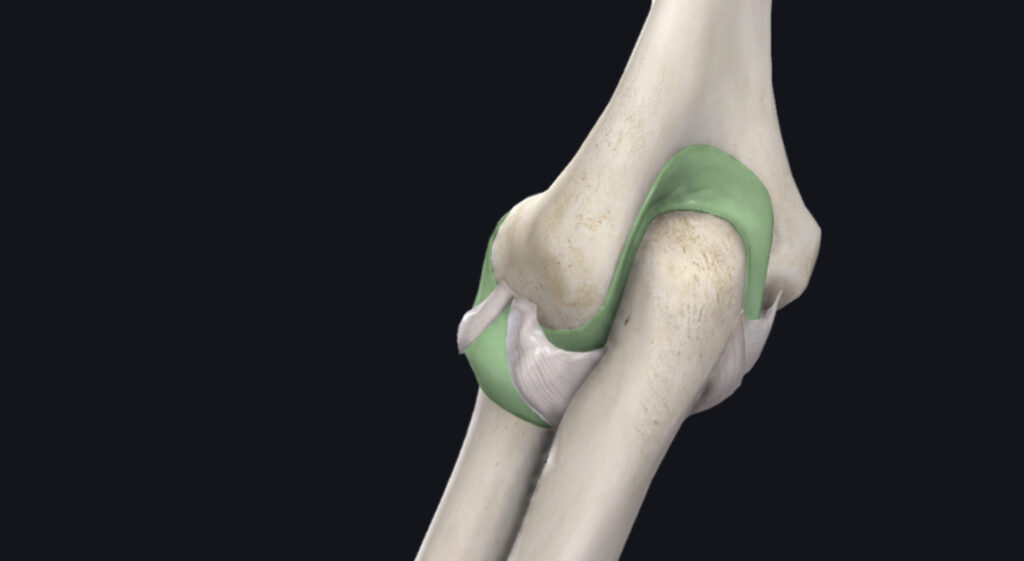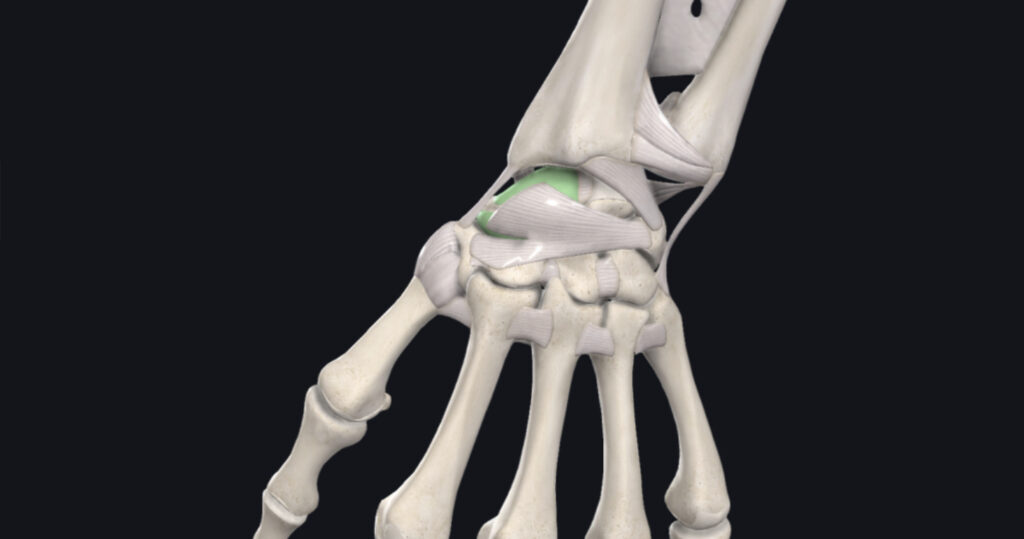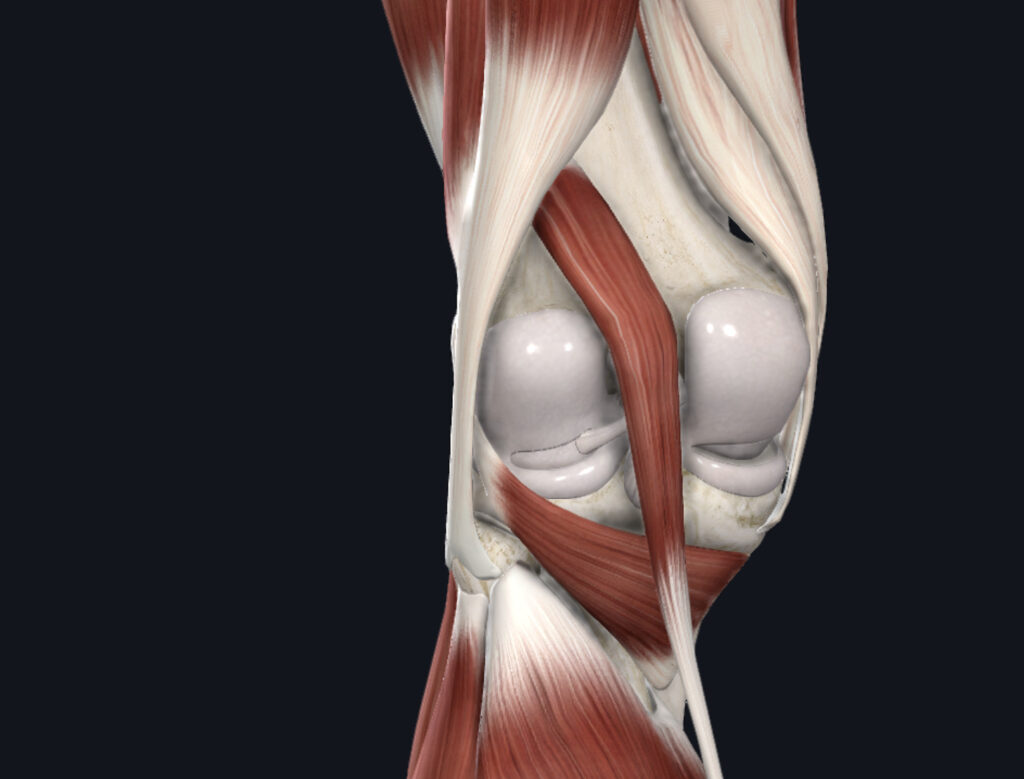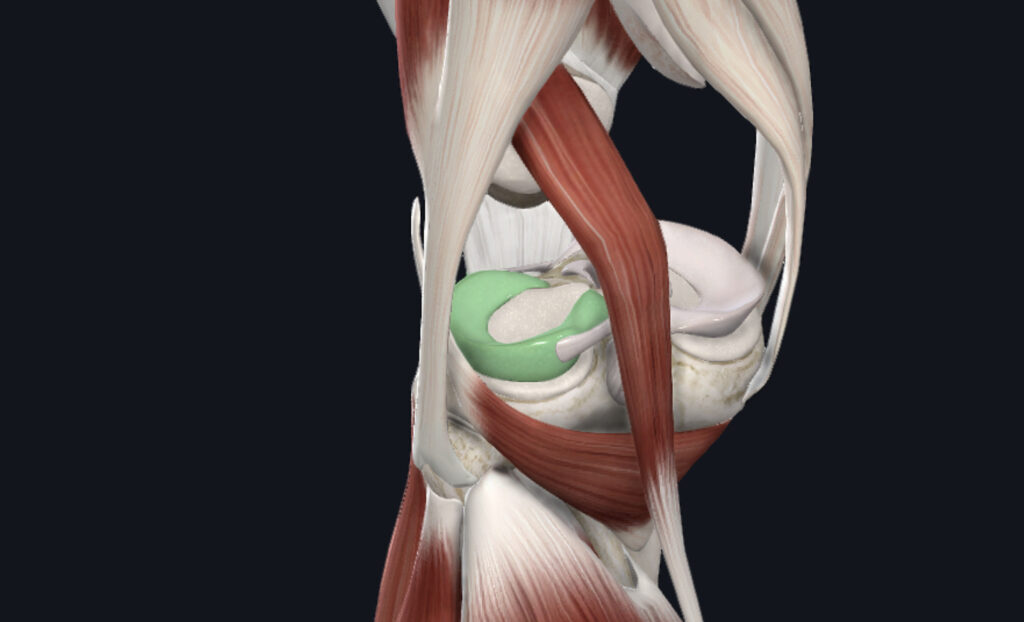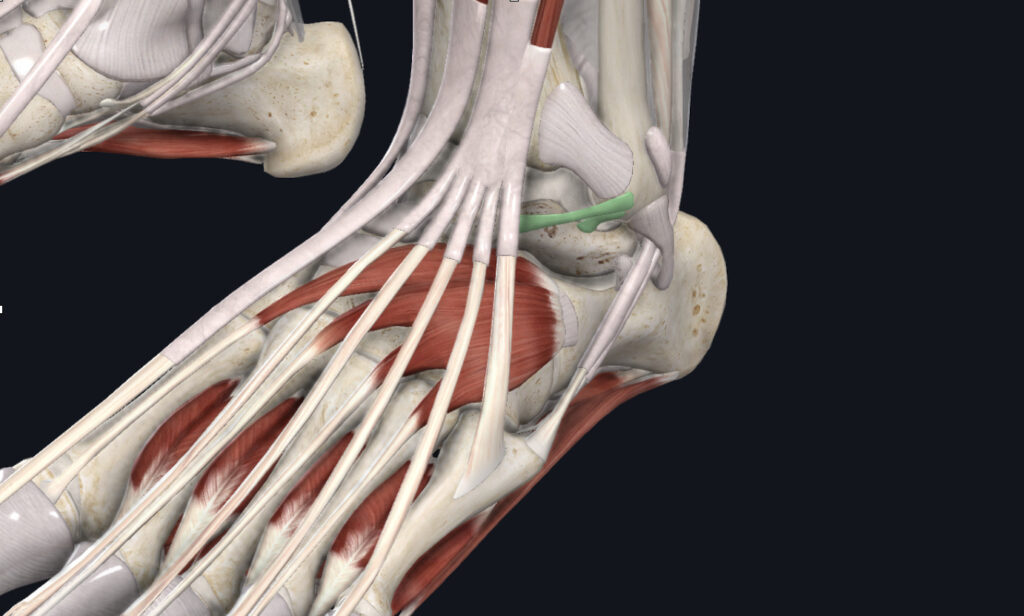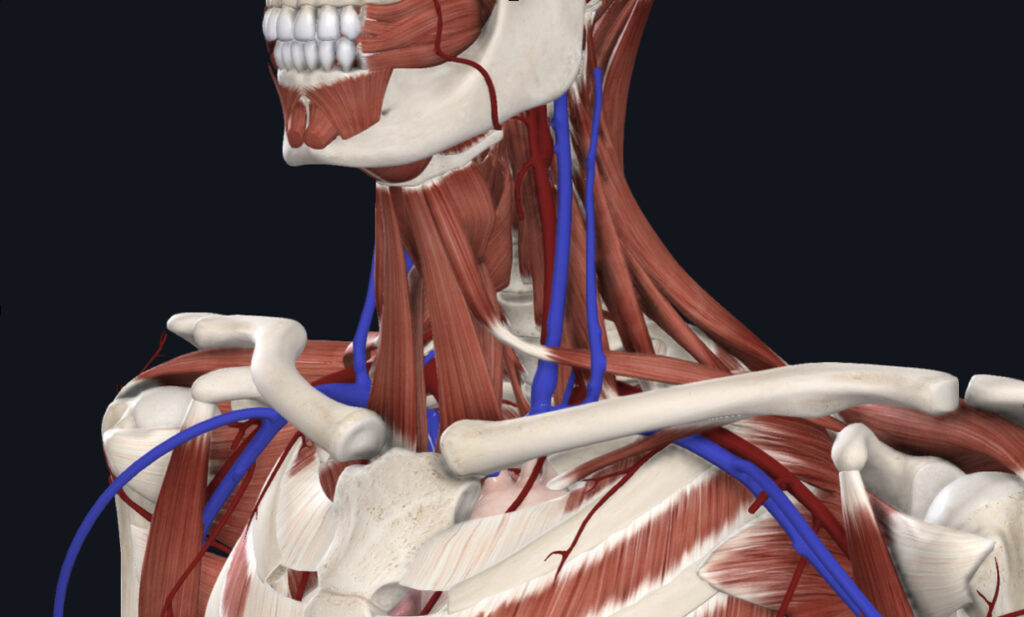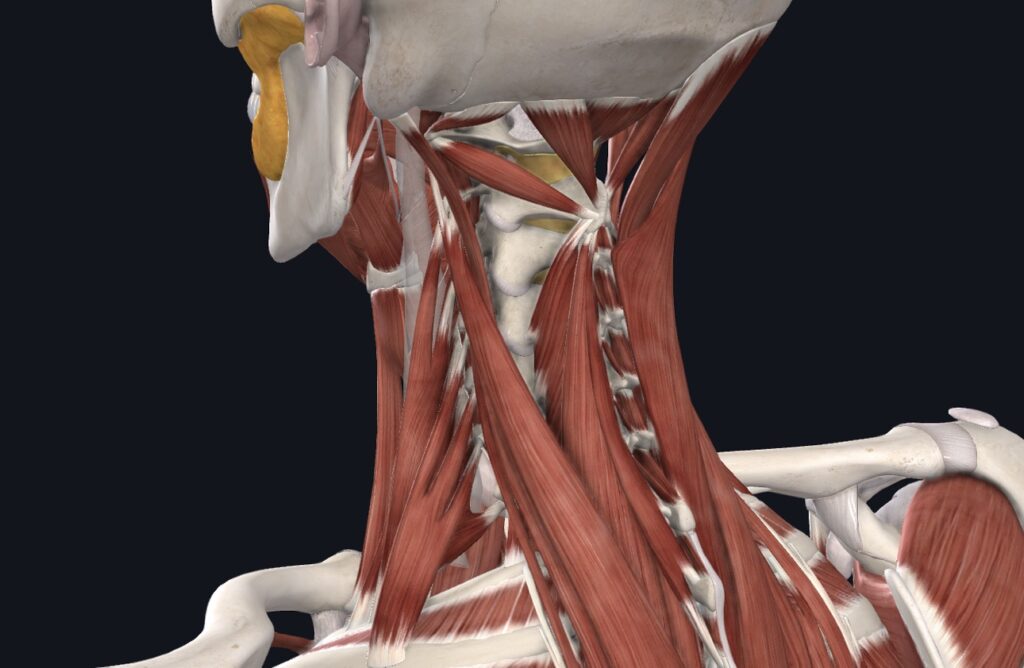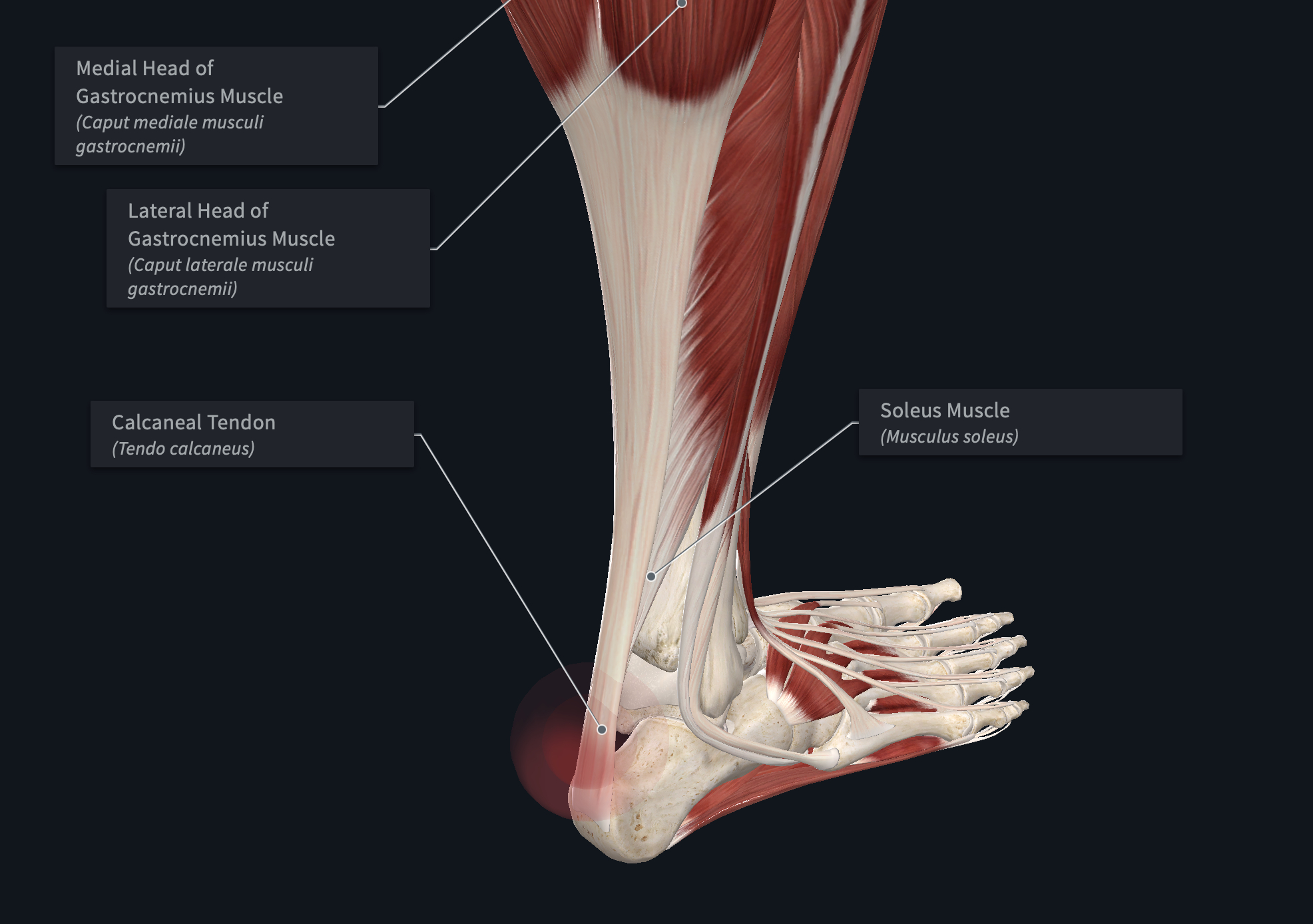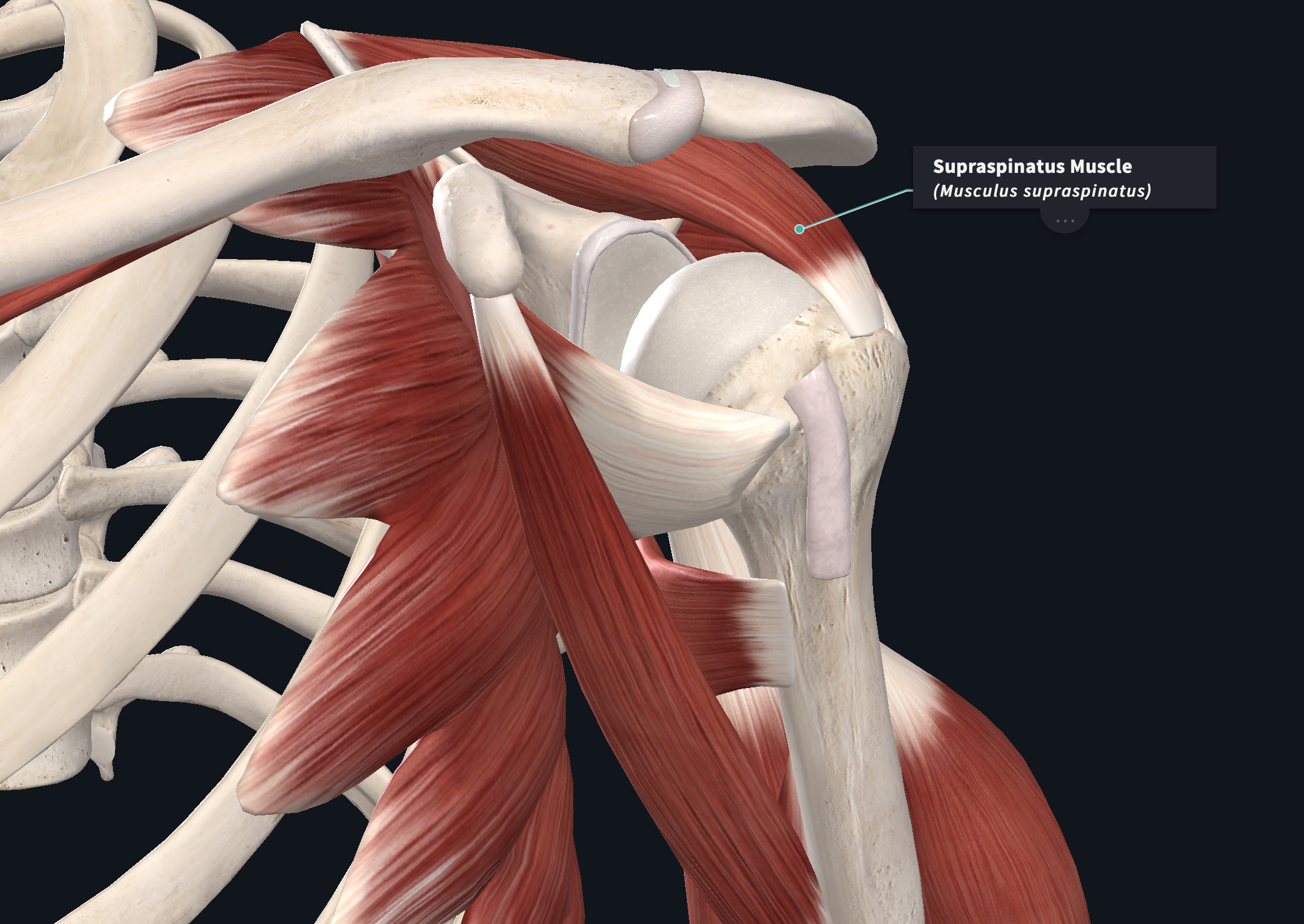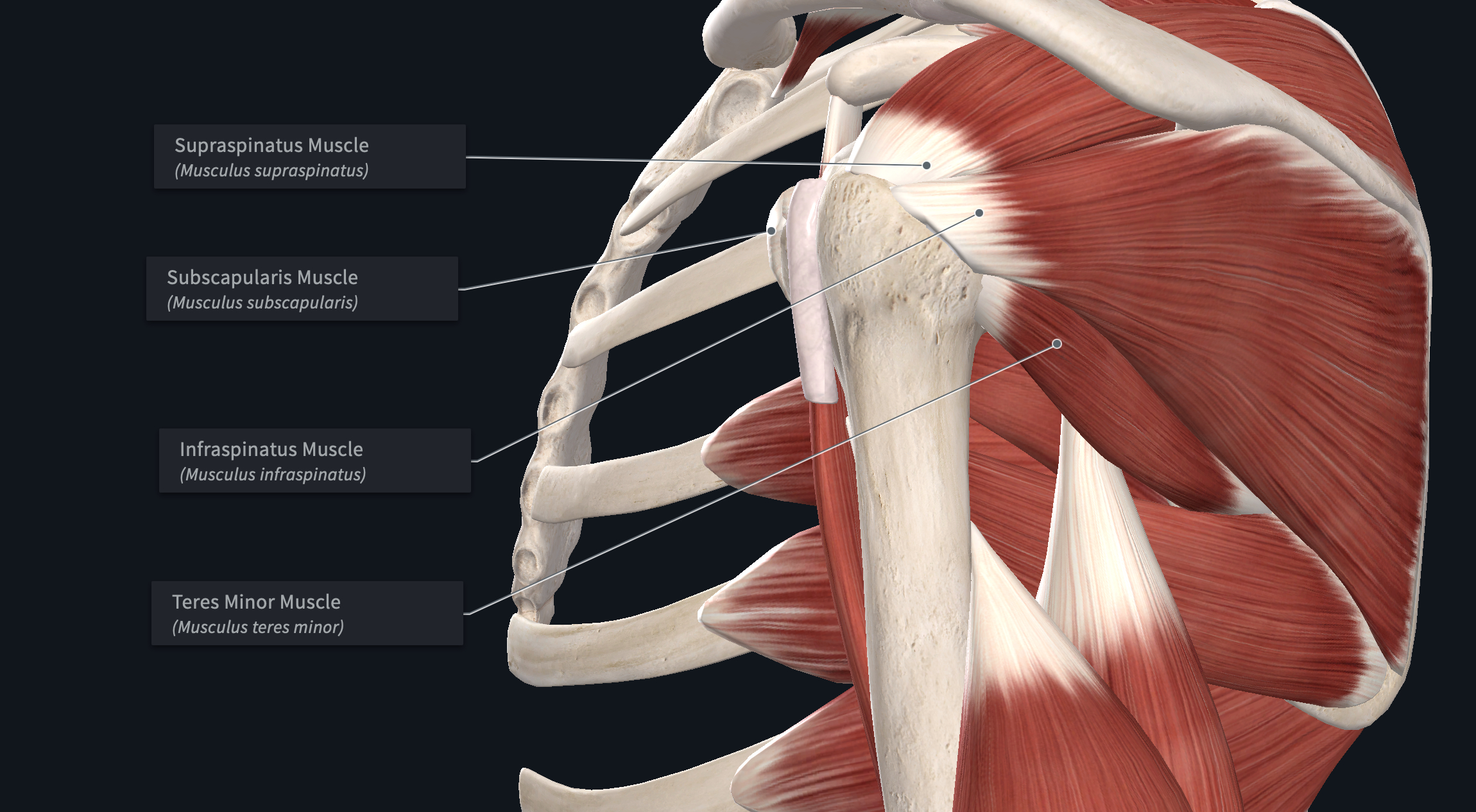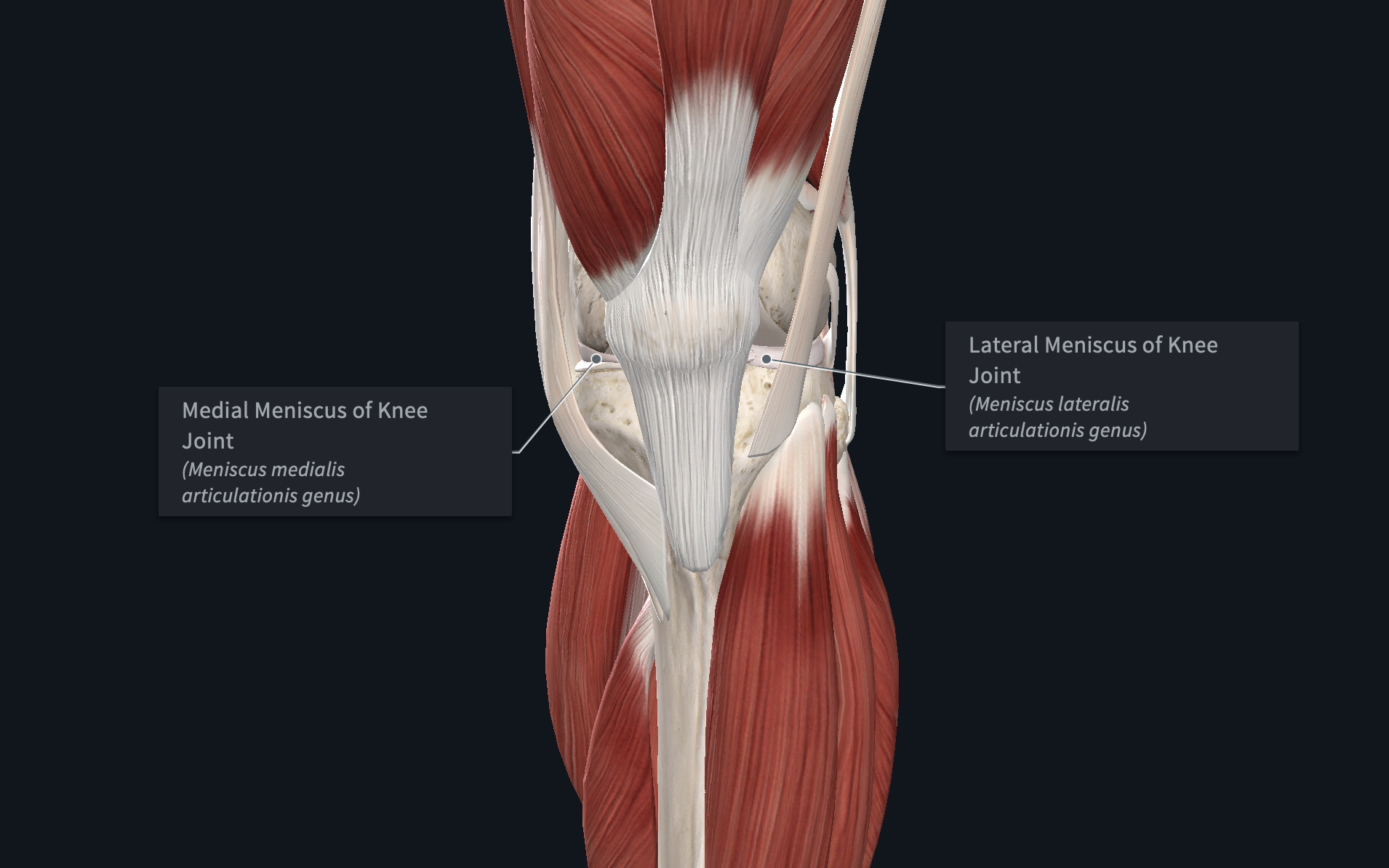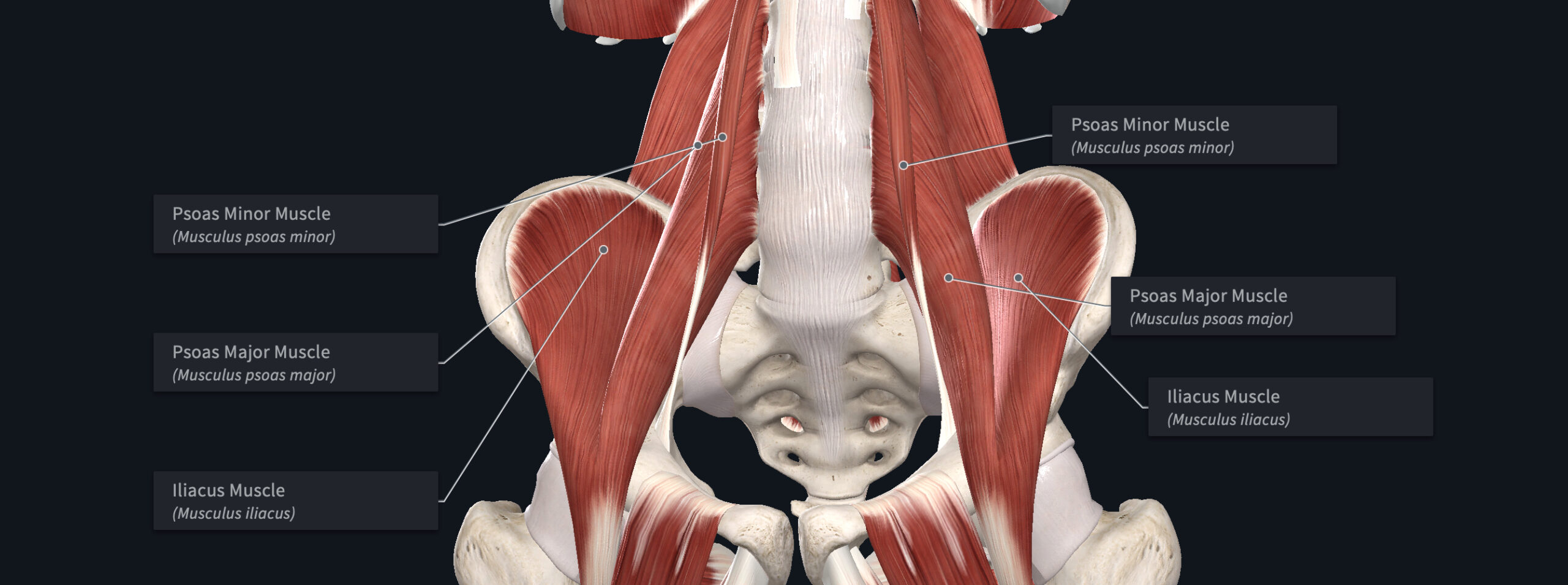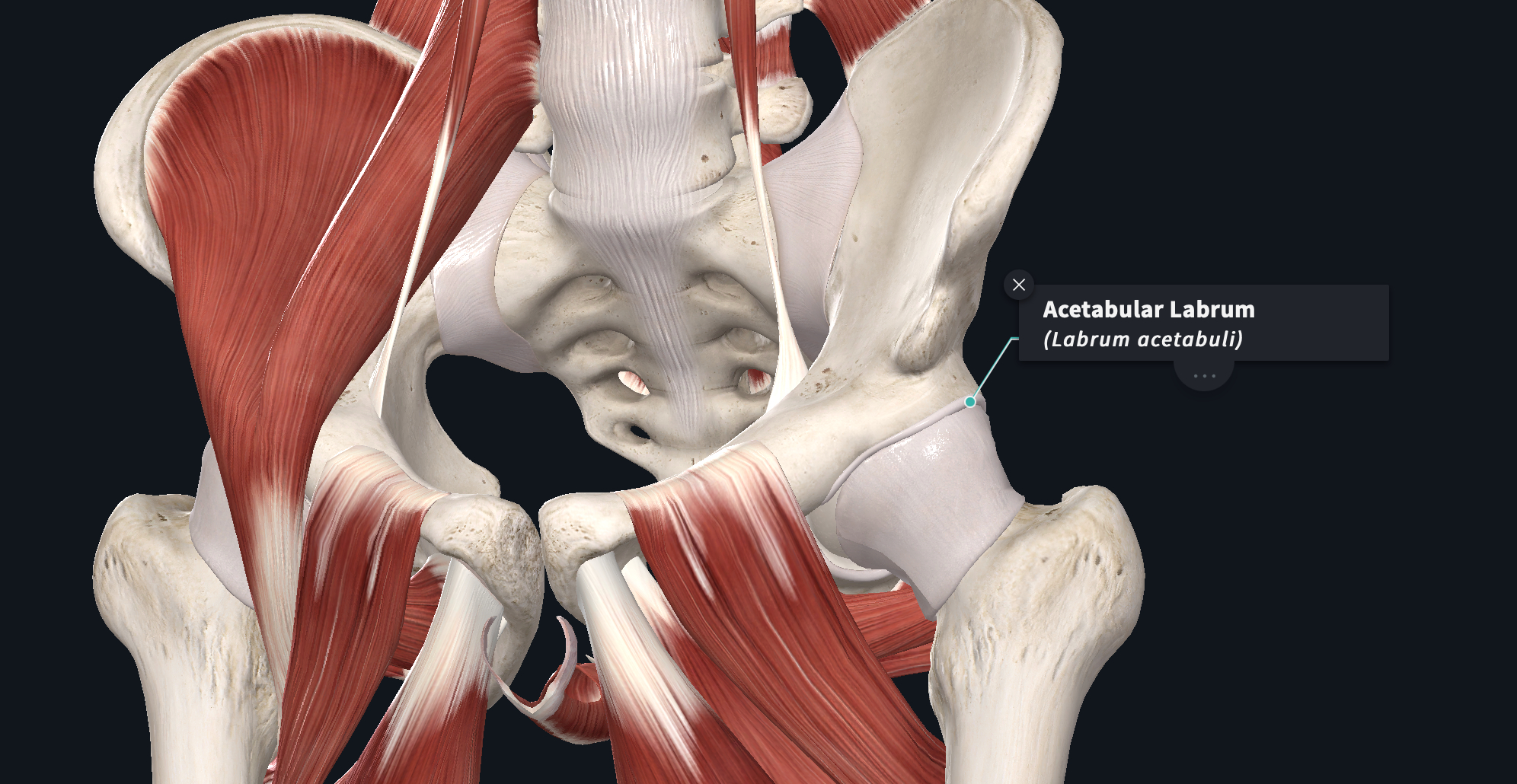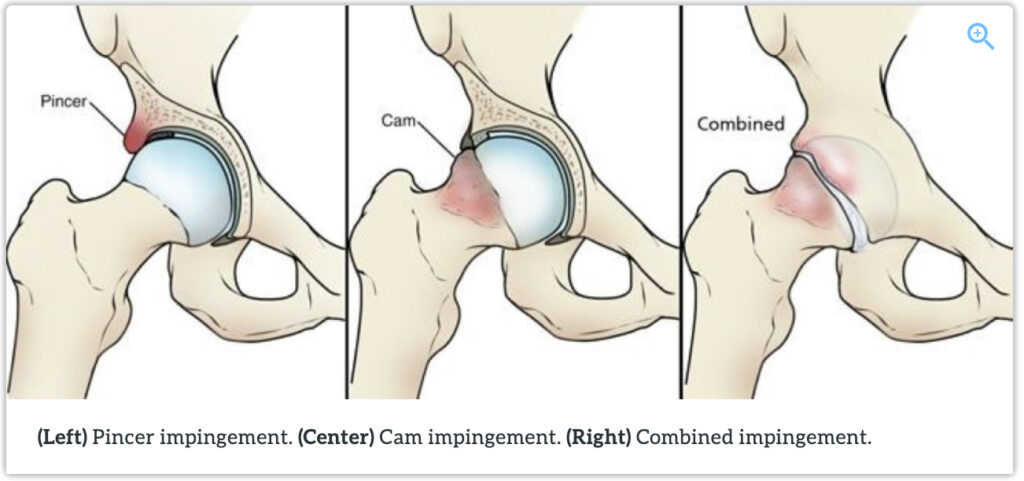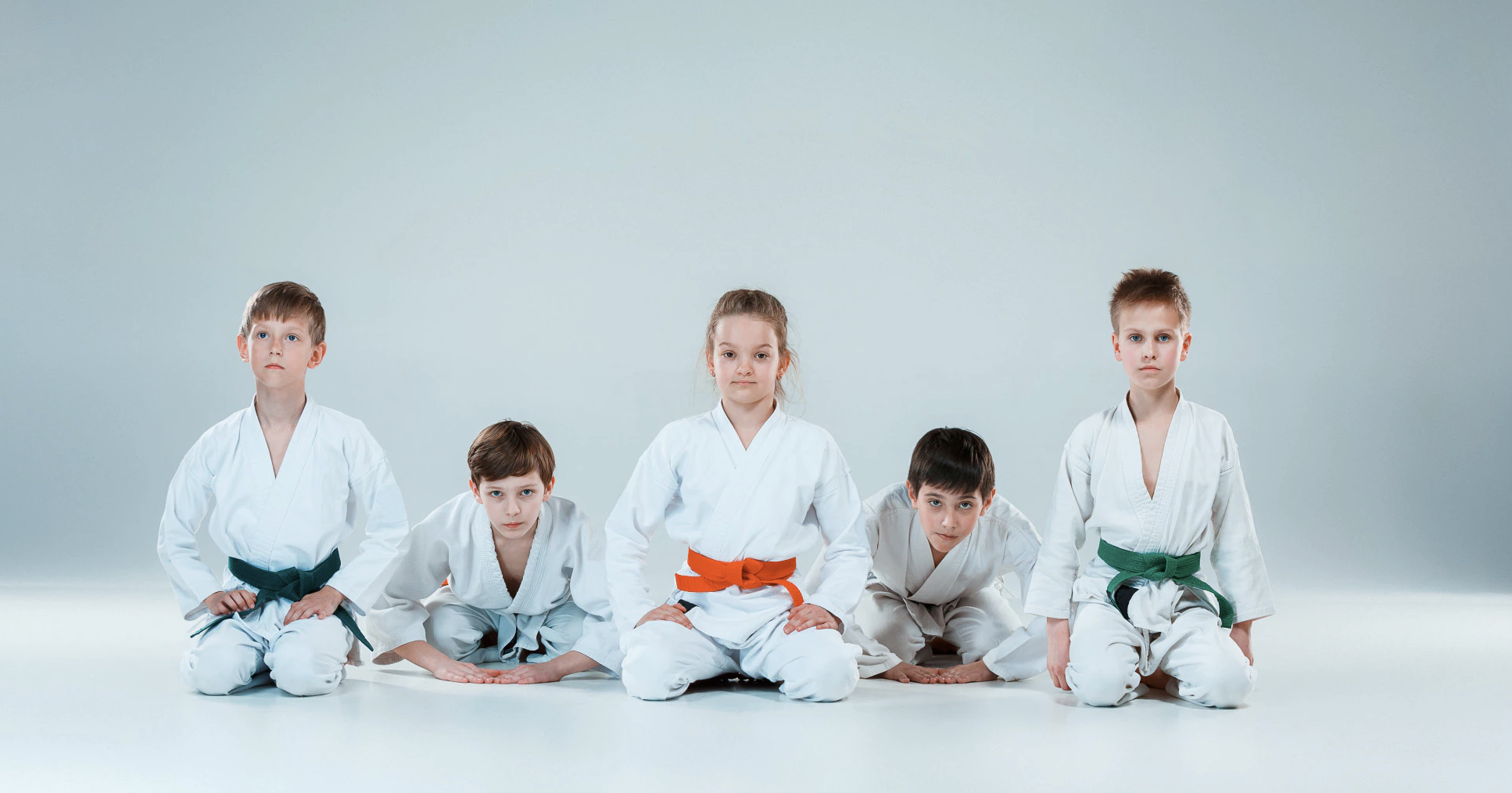High-risk overuse injuries are those that can result in significant loss of time from sport and threaten future participation. Specifically, stress fractures, physeal stress injuries, osteochondritis dissecans, some apophyseal injuries, and effort thrombosis. Due to the immature skeleton, high risk stress fractures include the spine, femoral neck, patella, anterior tibia, medial malleolus, talus, tarsal navicular and metaphyseal/diaphyseal junction of the fifth metatarsal and the sesamoids. Coaches, parents and health care professionals should be highly suspicious of pain reported at these sites. Physeal injuries can occur at the proximal humerus, distal radius, distal femur and the proximal tibia. While physeal stress injuries are self-limiting (resolve with rest), bone growth disturbance and joint deformity may occur. Effort thrombosis in athletes occurs as a consequence of thoracic outlet syndrome. Surgical removal of the first rib often resolves the issue.
Burnout of youth athletes includes the spectrum of overreaching and overtraining. Chronic stress from athletic participation can result in loss of enjoyment, leading to burnout. In children, there appears to be more of a psychological component related to burnout and attrition with adult supervised activities.
Prevention includes limiting weekly and yearly participation time, limits on sport-specific tasks and scheduled rest periods. Modifications should be individualized on the athletes age, growth rate, readiness and injury history. Monitoring of training workload during growth spurts is recommended. Preseason conditioning and neuromuscular training programs can reduce injury rates. Proper sizing of equipment is recommended. To reduce the likelihood of burnout, an emphasis should be placed on skill development more than competition and winning.
In summary, coaches, parents and health care professionals should take an active role in preventing and managing athletes’ training schedules, monitoring their levels of exertion and keep sports participation playful. Youth athletes are particularly susceptible to bone related injuries due to various growth rates and limited resilience of growth plates. Scheduled time off from a single sport, participation in different types of sports, and free-play are all important to foster a larger athletic movement “vocabulary”. While some sports (gymnastics, swimming) benefit from early athletic development, most sports can be specialized on in later adolescence without impeding proficiency.
Physical therapists that specialize in athletes can provide valuable insight for parents and coaches on managing workload, better understanding risk factors for injury, discussing readiness for sports, tradeoffs of sport specialization, education on high-risk overuse injuries and avoiding burnout.
If you are a youth athlete, parent of a youth athlete or coach youth athletics in Miami, Florida and have questions about information presented in this post, give our office a call. We offers seminars to educate the community on best practices for keeping youth athletes participating in sport. As a lifelong athlete myself, I can appreciate the time, effort and role parents and coaches can play in the development of their children. My goal is to keep as many people participating in athletics for as long as possible.
